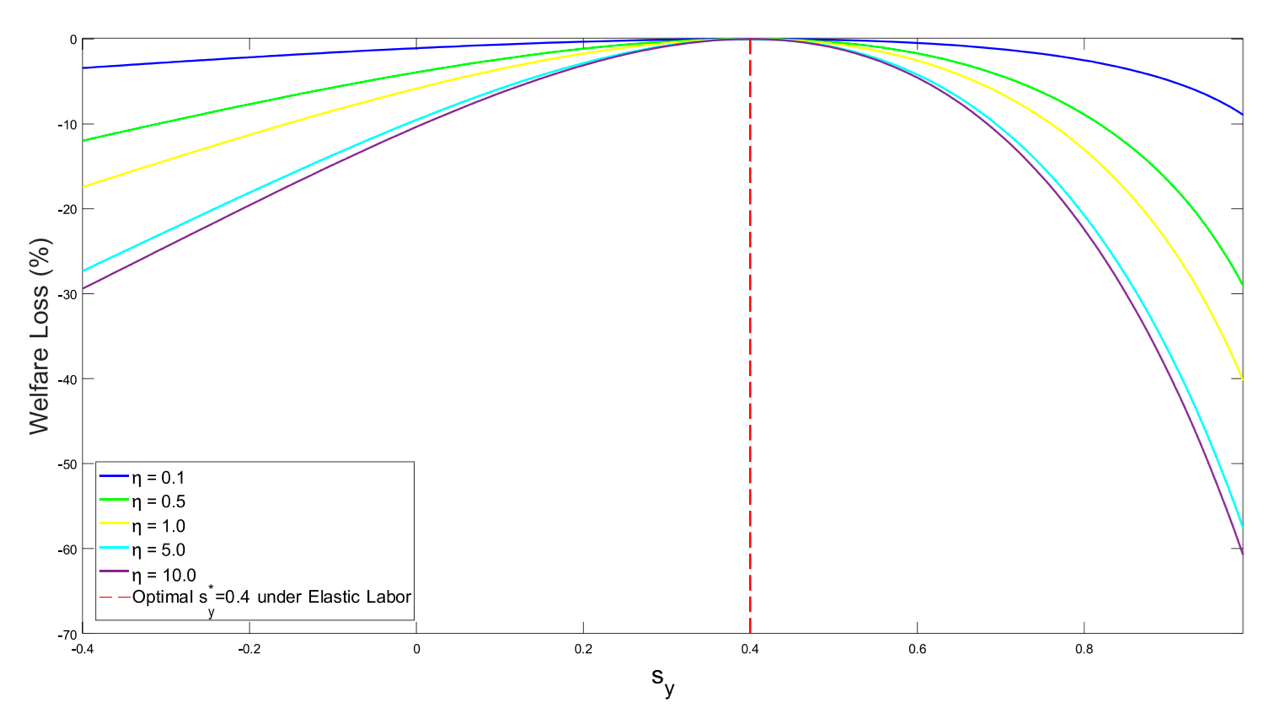
ABSTRACT
This paper develops a quality-ladder growth model with elastic labor supply and distortionary taxes to analyze the effects of different subsidy instruments: subsidies to the production of final goods, subsidies to the purchase of intermediate goods, and subsidies to research and development (R&D). Moreover, the model is calibrated to the US data to compare the growth and welfare implications of these subsidies. The main results are as follows. First, we analytically show that an optimal coordination of all instruments attains the first‐best outcome. Second, in the calibrated economy, we numerically find that for the use of a single instrument, R&D subsidy is less growth-enhancing and welfare-improving than the other subsidies, whereas for the use of a mix of two instruments, subsidizing the production of final goods and the purchase of intermediate goods is most effective in promoting growth but least effective in raising welfare.
KEYWORDS
Economic growth, Quality ladder, R&D, Subsidies
JCR CLASSIFICATION
Q3
JEL CLASSIFICATION
D30, O31, O34, O40
Journal of Public Economic Theory
https://doi.org/10.1111/jpet.12645
